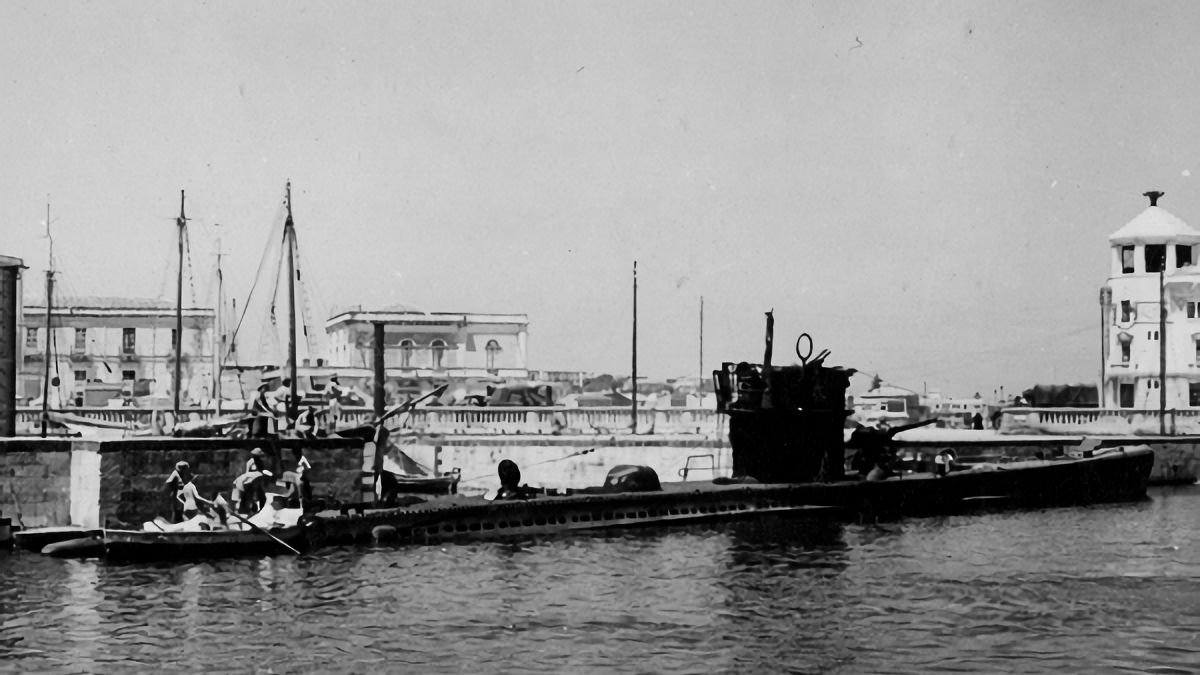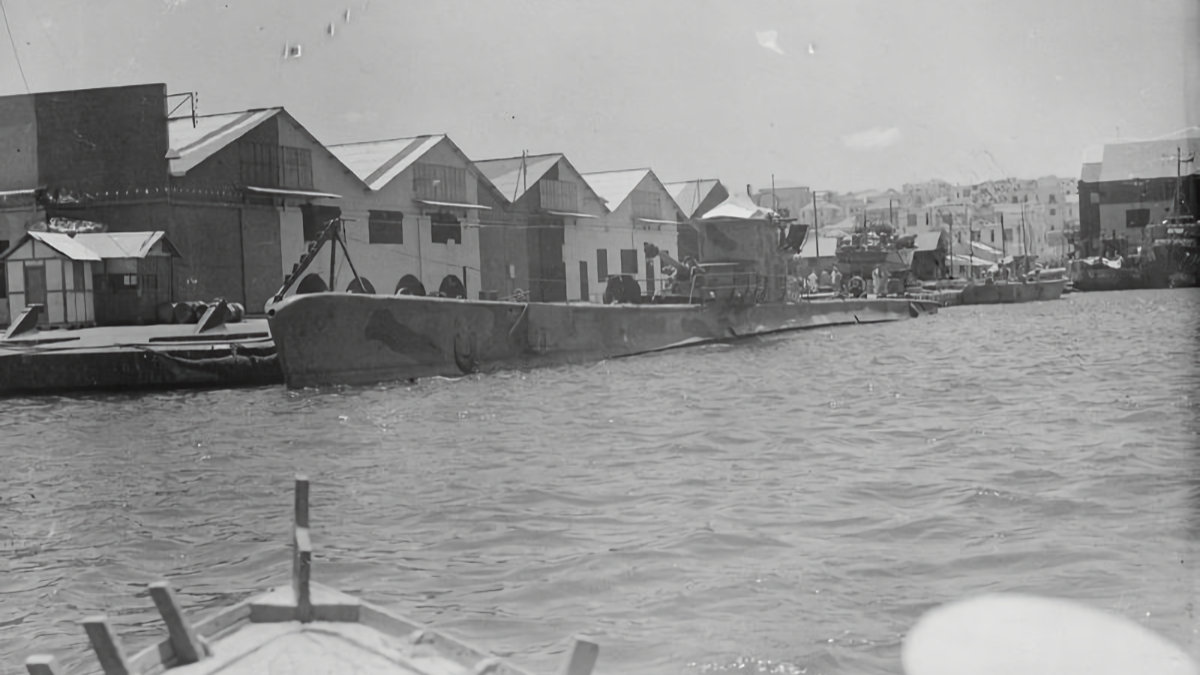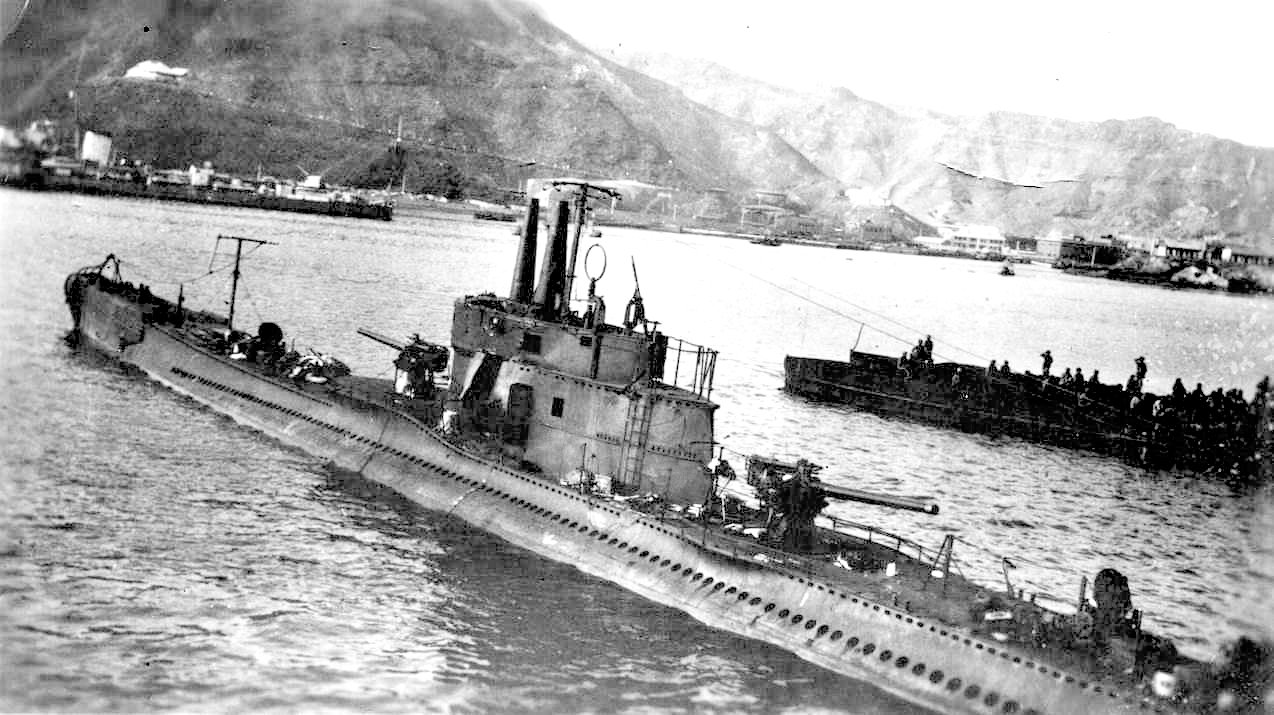Tag: Military
-
British Submarine HMS P714

British Submarine HMS P714 HMS P714 was an Acciaoia class submarine operated by the British Royal Navy after its capture on 12 July 1943. Originally operated by the Italian Regina Marina as Bronzo, she was captured after being engaged by HMS Seaham, HMS Boston, HMS Cromarty, and HMS Poole. Towed into to Syracuse by HMS… Read more
-
British Submarine HMS P712

British Submarine HMS P712 HMS P712 was a Perla-class submarine captured by the Royal Navy during World War Two and subsequently operated by them. Perla was the lead ship of her class of submarines built for the Italian Regina Marina. On June 6, 1942, Perla launched two torpedoes at the British corvette HMS Hyacinth. Both… Read more
-
British Submarine HMS X2

British Submarine HMS X2 HMS X2 was an Archimedes-class submarine operated by the British Royal Navy during World War Two. Originally the Italian Regina Marina submarine Galileo Galilei, it was captured on 19 June 1940 after an engagement with the British anti-submarine warfare trawler HMS Moonstone. Towed to Port Said, she was repaired and commissioned… Read more